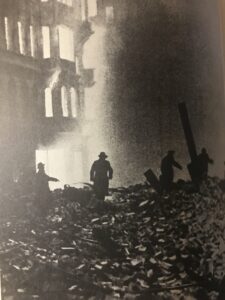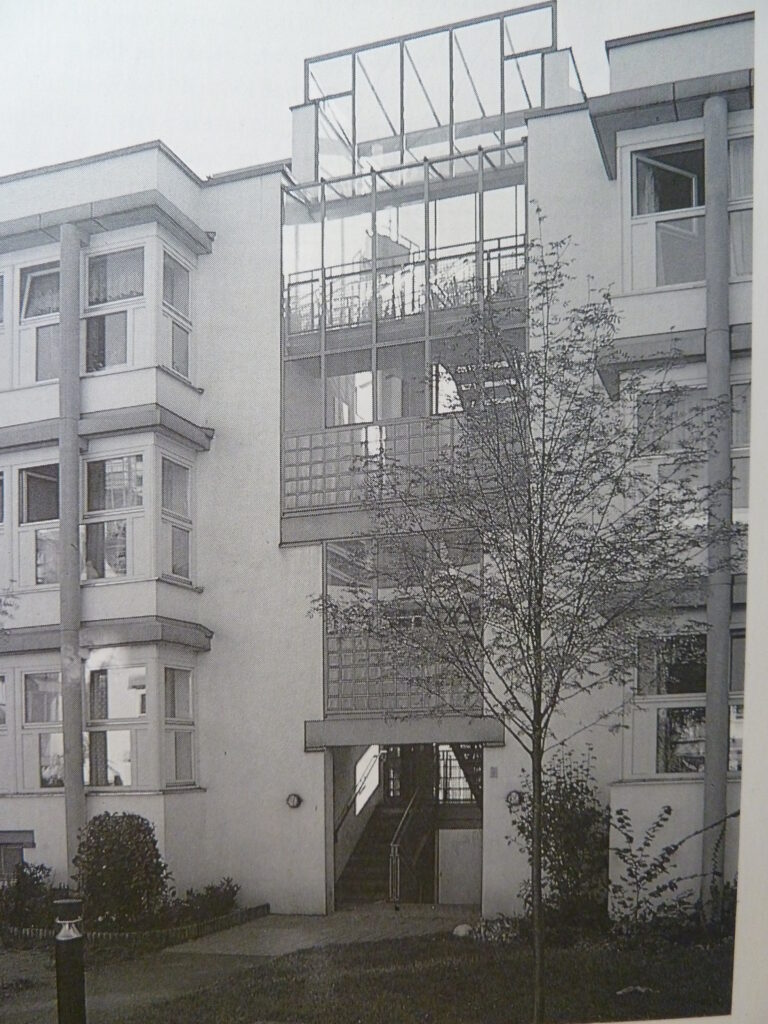a message from the past

In the course of the artillery bombardment and air raids in the final battle for Berlin in the spring of 1945, the city center of Berlin, which was laid out as a baroque block development from 1688 and was named Friedrichstadt after the Prussian King Frederick I, was largely destroyed. However, its baroque layout remained as a shadow. This shadow in the now divided city of West Berlin in the post-war period of the Second World War was the inspiration for the architect Rob Krier when he built the social housing with historical reminiscences in Ritterstraße Berlin-Kreuzberg between 1979 and 1987. The regulations of the IBA Neubau were committed to the preservation and further development of the existing urban layout as a memory of the city.
It was historically conceived and also felt from the consequences of the war and terror in Europe, and thus from the loss of freedom that was associated with it and which remained as a felt experience. Today, participation is a term that is used as a matter of course in Berlin’s housing policy, at least conceptually, but the practical democratic model of participation, which was also hard-won, is still an uncomfortable model that is generally neglected by the owners and their administrations, if one is serious about it. Practicing democracy is hard work, requires a lot of cooperation and you have to be prepared for conflict. This is the implication of self-determination and participatory architecture, and in it lies the potential freedom of the individual.

